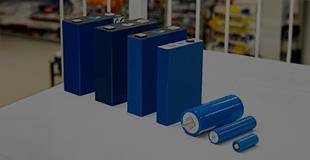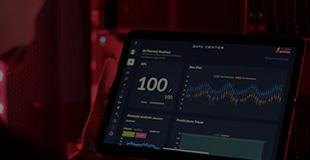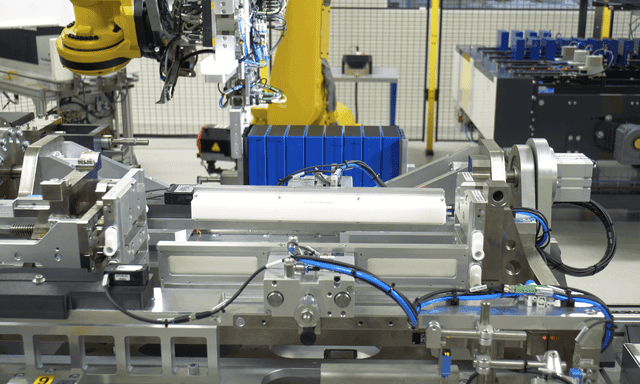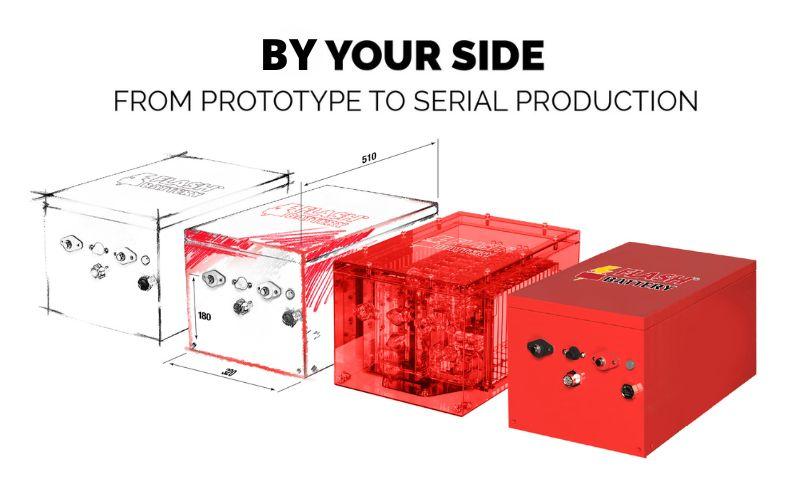BMS in lithium batteries: what is it and what is its function in cell balancing?
25 May 2021

When you hear talk about lithium batteries, the word BMS is always mentioned. BMS stands for Battery Management System, but few people know what it is and its function. In this article we’ll explain it to you in a simple way.
The BMS system
What is a lithium battery BMS?
Lithium batteries are high-performing devices and offer countless advantages over traditional batteries. They also have a weak point, however: manufacturers are unable to ensure production uniformity from one lithium cell to another.
Although all of their characteristics exceed rated values, the cells present:
- Differences in rated capacity
- Differences in internal resistance
- Differences in self-discharge
With use or, simply, with the passing of time, these differences, even if small, cause the cells inside the battery to go out of balance. This imbalance can lead to a 3% to 6% difference between the cells, depending on the conditions of use and ageing of the lithium battery.


Since the cells are connected in series inside the battery, they are charged and discharged with the same level of energy. This means that without an appropriate cell balancing system, the difference between the cells would increase more and more, gradually draining the available capacity.
Let’s discover the first function of a BMS in a lithium- ion battery: cell balancing.
Traditional BMS
BMS lithium-ion batteries and cell balancing
How does a conventional BMS affect balancing?
To counteract this phenomenon, a common BMS (battery management system) applies resistance to the cells with a higher charge until the weaker cells catch up to that level.


Let's look at the pros and cons of using this technology
PROS
- BMS is cost-effective: the simple architecture helps keep the cost of the electronics down.
CONS
- Extremely slow during balancing. Due to the low current during balancing (normally between 0.1A and 1A), it takes 6 to 12 hours to complete this phase. Here’s an example to help you understand what the real charging times are with this kind of system: in a 400Ah battery in which 300Ah were used up, a 100A battery charger restores the energy in 3 hours. Add to this 6 to 12 hours needed for balancing. Total charging time: 9-15 hours
- Gradual reduction of the available energy. Lithium is used mainly because it allows for rapid charging. However, because of the long balancing times of a conventional system, the battery is often used before the balancing process has finished. As a result, the difference between the cell with a higher charge and the one with a lower charge gradually increases, thereby decreasing the pack’s rated capacity more and more (the higher cell limits the charge and the lower cell limits the discharge). This translates into machines that do not complete their mission and vehicles that lose driving range with each cycle.
- High maintenance costs: with a conventional BMS, an element cannot be replaced on site; batteries having those systems are normally sent back to the manufacturer, incurring high shipping costs.
Flash Balancing System
How does Flash Battery’s proprietary Flash Balancing System work
Flash Battery has developed its own battery balancing system, called Flash Balancing System, that unlike a conventional BMS, can act on each individual cell with combined balancing, i.e., with both active and passive balancing, and with a current at least 20 times higher.


PROS
- High-power active and passive balancing (20A)
- Short and predictable charging time (balancing time under 25 minutes)
- Active support for the weakest cells during discharge
- Complete temperature control, 2 sensors on each cell (50 sensors on an 80V battery)
CONS
- Applicable on 5kWh batteries and higher due to the more expensive electronics.
NOT JUST BALANCING
Other functions of a BMS in lithium batteries
This is the Battery Management System of a lithium battery explained in a nutshell: what it is, how the balancing phase works in a conventional BMS, and why Flash Battery decided to develop a totally new technology, its international patent-pending Flash Balancing System.
But wait, there’s more! A BMS – battery management system is considered the actual brain of the battery and when designed with cutting-edge electronics, it performs numerous other functions that control and monitor the behaviour of the lithium battery inside the application in real time. Now, let’s discover the additional features of a smart BMS.
Would you like to start an electrification project for your vehicles?
Request a free preliminary assessment and learn how Flash Battery’s lithium batteries can improve your industrial machinery’s performance.
Our Blog
Would you like to talk to us about your electrification project?












